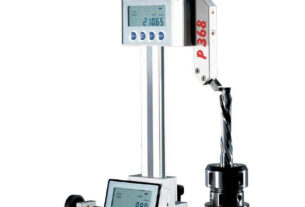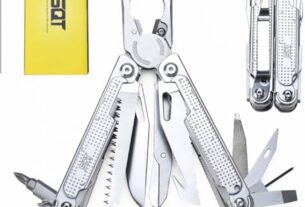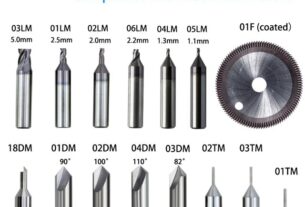If you’re in the oil and gas industry, chances are you’ve heard of oilfield fishing tools. These specialized tools play a crucial role in ensuring efficient and safe oilfield operations.
In this comprehensive guide, we will cover everything you need to know about oilfield fishing tools. From their various types and functions to their importance in preventing downtime and increasing productivity, we’ll cover it all.
So, let’s dive in!
What Are Oilfield Fishing Tools?
Oilfield fishing tools are specialized equipment used in the oil and gas industry to retrieve lost or stuck equipment from wells. This equipment includes drill bits, tubing, and other debris that may have fallen into the wellbore during drilling or completion activities.
The term “fishing” comes from the process of retrieving these lost items from the wellbore, which can resemble a fisherman trying to catch a fish with a hook and line.
Oilfield fishing tools are critical because they help prevent costly downtime by quickly recovering lost or stuck equipment from the wellbore. They also help increase productivity by reducing the time required for remedial work.
Types of Oilfield Fishing Tools
There are several types of oilfield fishing tools available, each with its specific function. Some of the most common types include:
1. Junk Catchers
Junk catchers are used to remove debris such as sand, scale, and metal shavings from the wellbore. They are typically used before any other fishing operation takes place as they can help clear obstructions that might interfere with other recovery tools.
2. Overshots
Overshots are used to retrieve tubulars such as drill pipes or casing that have become stuck in the wellbore. They work by gripping onto the outside of the object using large gripping teeth.
3. Spears
Spears are another type of fishing tool used to retrieve tubulars from the wellbore. They work by penetrating and gripping onto the inside of the pipe or casing.
4. Mills
Mills are used to grind or cut through obstructions in the wellbore, such as stuck drill bits. They come in various sizes and can be fitted with different types of cutting surfaces depending on what needs to be removed.
5. Washover Shoes
Washover shoes are used to remove debris or obstructions from the wellbore that cannot be caught using other tools. They work by sliding over the obstruction and washing it away with high-pressure fluid.
The Importance of Oilfield Fishing Tools
Oilfield fishing tools play a crucial role in ensuring efficient and safe oilfield operations. Without these specialized tools, lost or stuck equipment could cause costly downtime, damaged equipment, or even a blowout.
Additionally, the use of oilfield fishing tools can help prevent environmental damage by quickly retrieving lost equipment before it causes any harm.
Proper Maintenance and Inspection
Like any other piece of equipment, oilfield fishing tools require regular maintenance and inspection to ensure they function correctly when needed.
It is essential to inspect all tools before each use for signs of wear or damage that could compromise their integrity. Additionally, proper storage and handling practices should be followed to prevent damage during transport or storage.
Conclusion
Oilfield fishing tools are a critical component of any successful oil and gas operation. These specialized tools help prevent costly downtime and increase productivity while also promoting safety and minimizing environmental impact.
By understanding the different types of oilfield fishing tools available and their functions, operators can make informed decisions about which tools to use in specific situations. Proper maintenance and inspection practices further ensure that these tools function as intended when called upon.
References:
– https://www.rigzone.com/training/insight.asp?insight_id=454&c_id=
– https://www.oilfieldtechnology.com/drilling-and-production/17082020/what-are-oilfield-fishing-tools/
– https://www.slb.com/~/media/files/resources/oilfield_review/ors00/or2000/summer/04_fishing.pdf




